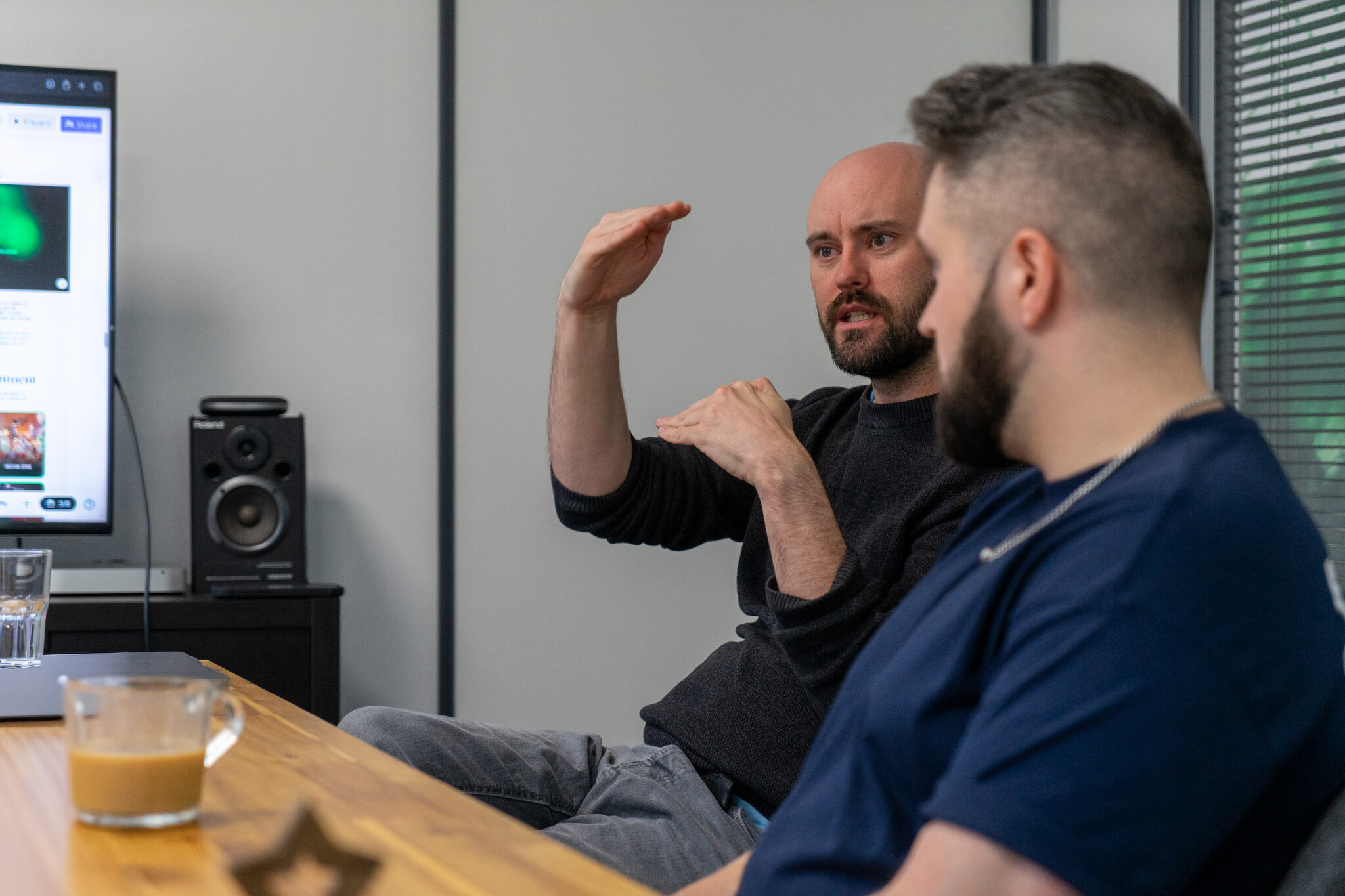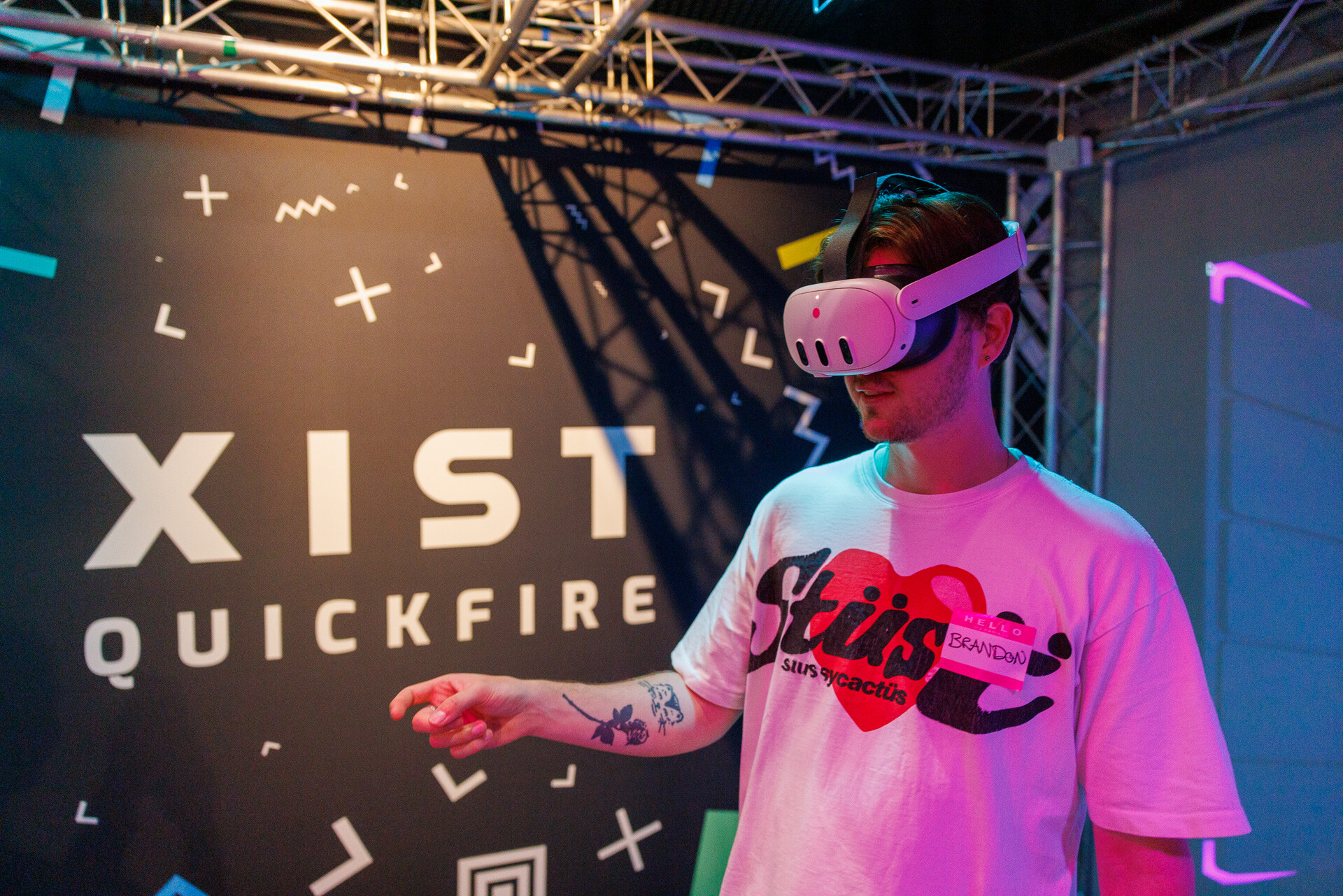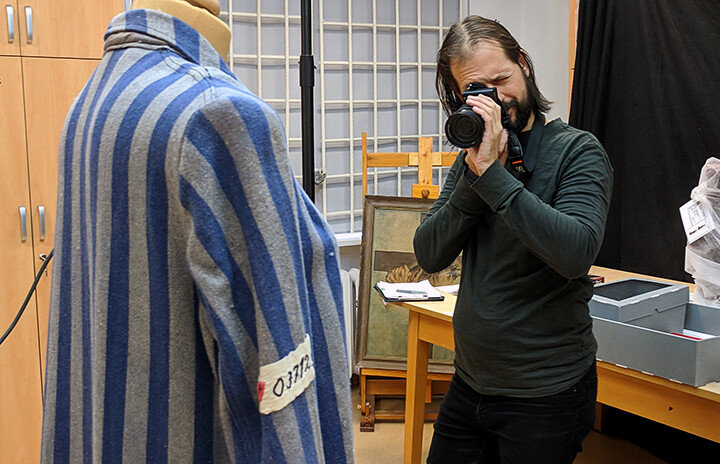Knowledge Base
26th March 2021
Heights, camera, action
Thanks to drones, anyone can become an aerial filmmaker these days – opening up some big opportunities for breathtaking cinematic and immersive experiences. But to capture the highest quality footage from up high is not always an easy feat – especially when you’re shooting in 360º. Here we run through some key tips and tricks to make sure your 360º drone footage soars above the rest.
Do your groundwork
There’s so much more to getting good footage than bunging a camera onto your drone and sending it up there. Before you even leave the ground, you need to make sure you’re prepared. Make sure you know where you can fly legally – there are all sorts of rules as to where you can and cannot fly a drone. Plan your location, flight plan and take into account lighting and weather. There’s a reason ‘golden hour’ gets its name – the lighting just after dawn and just before sunset offers dramatic contrasts, shadows and light quality that makes for magical footage.
Equipment check
Of course you’ll need a 360º camera and a drone – one that’s got the power to carry your camera. For 360º video, you’ve got a choice of cameras ranging from your low-budget smaller options such as a GoPro MAX to the much more impressive, professional cameras such as the Insta360 Titan. What you go for depends on your budget and the scale of your project – and while it goes without saying that the more expensive options will give you the better quality footage straight out of the box, you can still have a lot of fun with more economical drone/camera combinations too.
The other crucial bit of kit is something to steady the camera, so a dampener or gimbal. Without this, you’ll get shaky footage that won’t translate well to a headset – believe me! For our shoots we use a vibration isolator and/or a camera with in-body stabalisation.
Set up the scene
Make sure your camera is set up to the appropriate frame rate for your delivery. 24 frames per second will give a cinematic feel suitable for Youtube or Vimeo but headset outputs will need something like 60fps. Ultra high resolutions are more than recommended for capture, giving you the flexibility to downscale for your desired production.
Fly with an eye
With 360º drone footage, you get to view the whole world from up there, as if you’re up there – that’s the beauty of using a VR headset to view the experience. So take your time with your shots – give your viewer enough time to take it all in with shots at least 8 seconds in length.
Consider unique perspectives too – can you fly towards natural objects, or under or over architecture such as a bridge or staircase? It’s important to fly smoothly too – don’t jerk the drone this way or that in search of the perfect shot as this won’t produce anything usable later, especially if you’re planning on viewing through a HMD. It seems obvious but panning the drone is unnecessary as that's the viewers choice to turn around in 360. The best movements tend to be the simple ones.
Keep an eye on your battery as having extra camera kit on your drone depletes your power quicker. And when you've landed, it’s also a good idea to grab a still or some footage from the ground in 360 of the sky for later...
Stitch it all together
As ever with 360º filmmaking, the post-production process is where the magic really happens. Stitching moving drone footage together can be tricky and time-consuming so make sure you know exactly what shots you need and where you’re planning to use them in your final experience so you’ve got plenty of time to get it together. The more stable your footage is, the easier it will be to stitch. The native software that comes with your camera is best designed to process it, however higher grade production can be achieved with the likes of Mistika VR and Foundry’s Nuke.
To remove the drone from the footage you can experiment with Adobe After Effects’ new content aware fill, Mocha VR’s object removal tool or paste in the sky from that 360 photo/footage you cleverly captured when you landed.
Before outputting, read up on what compression best suits your final viewing platform. Can your headset play 8K? Does your phone support .h265? That's a whole tech article in itself but as best practice, we often output a variety of flavours to get the best possible results for our drone footage.

Equirectangular, long GOP, interpupillary distance, photogrammetric methods, vergence accommodation conflict, equisolid, ambisonic arrays, parallax, lumetri scopes... It’s Elliott’s job to understand all these confusing terms, as he specialises in premium Virtual Reality capture and immersive content creation. The licensed drone pilot for Infinite Form’s UAV operations. In his spare time he is a practising Judoka, runs and enjoys photography as well as filmmaking.
More from the Knowledge Hub
Do you have a message you want to convey? A situation that needs simulating, or an audience that needs reaching? Whatever your challenge – we have the ideas, the experience, and the equipment to help.



